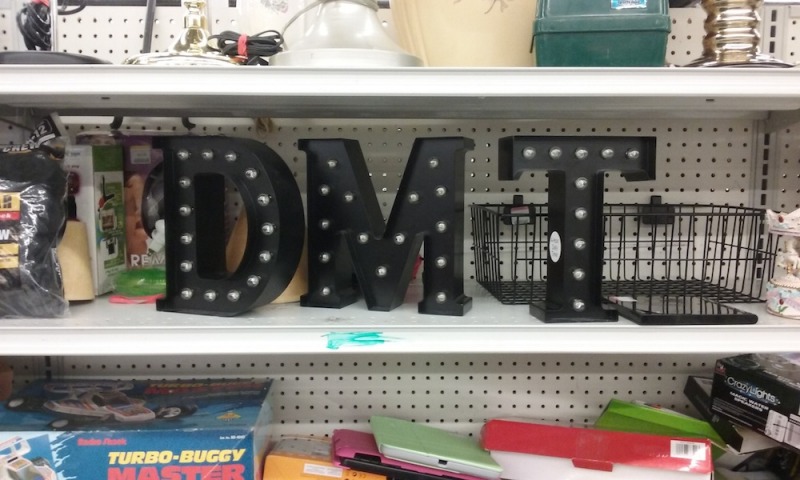...more recent posts
Still havenít come up with that LOTR movie review. Probably should see it again; first time around I was preoccupied with comparing it to my own imaginings. It measured up pretty well, but what about Tolkienís vision? Well, hereís a good presentation of Pictures by J. R. R. Tolkien, which includes most of his illustrations for LOTR, The Hobbit, and the Silmarillion. He wasnít a great artist, but an effective illustrator, and his renderings must be considered definitive. In line with his prose, he excels at landscape, which he lovingly describes in the books (these pictures were clearly studied by the filmmakers), but he could barely draw figures. Just so, his written descriptions of persons are often vague and general, which leaves room for your own imagination, but is rather frustrating for the geek who wants to know what an Elf really looks like. I can only find one picture with Elves, and while itís one of my favorites, itís not much help. Itís like a Claude Lorraine: the figures are just a foil for the landscape. Still, you can see (try this oversized version) that these Elves wear culottes and pointy shoes! In fact, Tolkienís conceptions are much closer to Victorian fairy art than todayís sword and sorcery fans would probably like.
Anyone who cares about visual art knows that the Guggenheim is the worst major museum in town. A child's imitation of modern marketing, their Soho failure and Basque boondoggle only distract from the fact that they rarely mount a worthwhile show. The museum that had the first Ryman retrospective, where I first saw a Beuys show, has been reduced to a joke. Jerry Saltz in the Voice states the obvious.
can anyone help??
we need to have our art collection appraised for insurance reasons, i have been told that it needs to be on offical art appraiser letterhead...sound easy??... but i fear that while people may understand polke, richter, maybe palermo, dibenedetto but uglow, tantric paintings, old huichol, amaringo etc??, original acid test poster??
can anyone help??
Roger McGuinn's album Treasures from the Folk Den has been growing on me. It's even more of a nostalgia trip than is usual with folk music. McGuinn (best known as the leader of the Byrds) cut his teeth in the folk/protest era of the late 50s and early 60s. He's been putting out new versions of the era's songs online for some years. Now he's done a compilation album, re-recording these songs in the company of the artist associated with them back when. These include some real old-timers, like Pete Seeger and Jean Ritchie, as well as 60s staples like Judy Collins and Odetta. They no longer have the great voices of their youth, but most have gained an easy virtuosity over the years. Their art belies the simplicity of the performances, which seem more than ever modeled on the "authentic", unschooled style of rural singers, as exemplified by the Harry Smith Anthology. Thirty years ago these folks were showy singers, trying too hard; today they've almost become the real thing.
Most of the songs are chestnuts, but they are durable, and a few may have escaped your ear. I particularly like Dink's Song, which I've never owned a recording of. As told by Lomax, the story of the song and its singer is sad, and the achy duet by McGuinn and Josh White Jr. does them justice (even in a bowdlerized version). I wondered whether the reference to "Norah's dove" was a corruption of Noah's dove, but haven't found a clear statement on the point. Such "obvious" assumptions about traditional material often turn out to be wrong. Dylan sang it as "Noah's", which doesn't prove much, but this over-worshipful account does present a funny picture of the young singer working on his own myth.
i guess if it were true he wouldn't have written this
